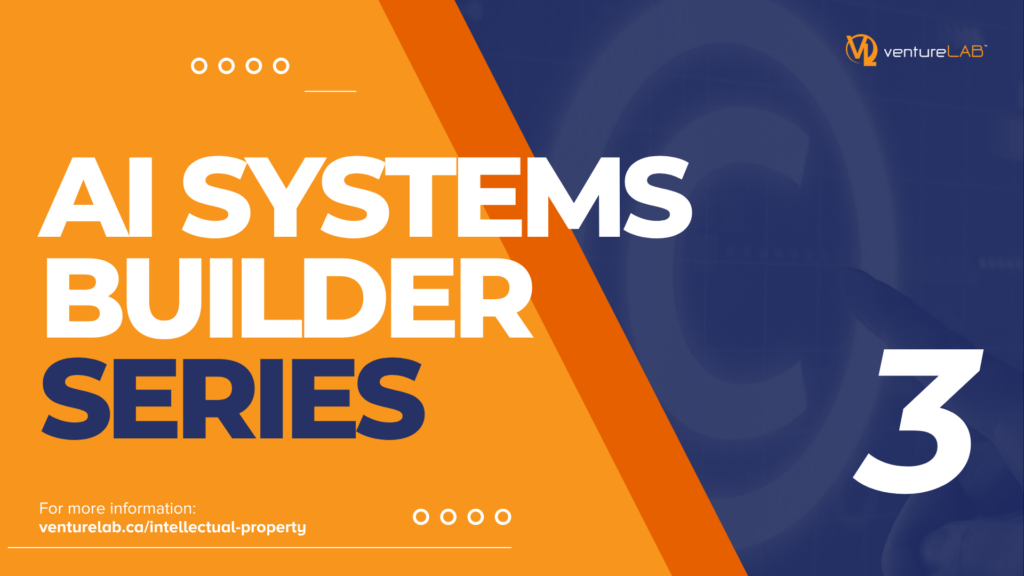Home » The IP Checklist for AI Systems Developers – Part 3: Features and Functionalities of AI Solutions
The IP Checklist for AI Systems Developers – Part 3: Features and Functionalities of AI Solutions

Building an AI system extends beyond merely developing algorithms, code, and data; it encompasses a range of responsibilities. One critical aspect is ensuring that no part of the system is developed using stolen data or without permission. Developers must also be aware of the potential harms if the system is hacked or misused.
### Model Training and Trade Secrets
After data collection, companies employ proprietary methods to train AI models, which they often safeguard as trade secrets. Techniques for fine-tuning algorithms, adjusting hyperparameters, and structuring neural networks are essential for optimizing these models and hold considerable value. To maintain a competitive edge, companies must ensure the ownership of these methods and their protection.
### Copyright and Ownership
AI software and source code fall under copyright protection. Companies must require developers to sign contracts that assign copyright ownership to the company to secure these rights. Without such agreements, developers might claim ownership of the AI model's copyright.
### Open-Source Libraries
Many AI projects utilize open-source libraries like TensorFlow and PyTorch. However, failing to adhere to licensing terms could lead to legal complications. While open-source does allow for free use, certain licenses impose restrictions, such as limiting use to non-commercial purposes, or requiring that modifications be publicly disclosed.
### Safeguarding Trade Secrets
While software code is often protected by copyright, maintaining confidentiality is a customary practice. Companies utilize technological measures to prevent code replication and employ Non-Disclosure Agreements (NDAs) and stringent access controls to maintain secrecy. For instance, DeepMind’s AlphaGo employs trade secrets to shield its unique training processes from competitors.
### Patentable AI Methods
Technological breakthroughs can be candidates for patent protection, although software code alone is generally deemed too abstract for patents. An AI method that produces a tangible effect or improvement may qualify for patent protection. Inventions must be useful, novel, and non-obvious to meet patent eligibility. However, AI inventions frequently face challenges from patent offices, especially if they merely describe standard computer instructions.
### Evolving Legal Landscape
Globally, intellectual property (IP) professionals are navigating evolving guidelines concerning patenting AI. Companies are encouraged to review the requirements set forth by patent offices, particularly concerning subject matter eligibility.
Protecting the functionalities and features of AI systems is essential for both competitive advantage and risk mitigation. Organizations must take careful steps to safeguard trade secrets, secure copyright ownership, navigate open-source licensing, and consider patenting innovative methods.
### Future Considerations
In upcoming discussions, further attention will be directed toward protecting user interfaces and outputs, forming a crucial part of the intellectual property strategy for AI technologies.
### About the Author
Allessia Chiappetta is a second-year JD candidate at Osgoode Hall Law School with a focus on intellectual property and technology law. She holds a Master of Socio-Legal Studies from York University, specializing in AI regulation, and is involved with Communitech’s ElevateIP initiative. Allessia also writes extensively on IP developments for various platforms and is trilingual in English, French, and Italian.
VentureLAB
https://www.venturelab.ca/
ventureLAB is a leading global founder community for hardware technology and enterprise software companies in Canada. Our organization is led by seasoned entrepreneurs and business leaders with decades of industry experience in building IP-rich start-ups, scale-ups, and global multinationals to help you scale your business. Located at the heart of Ontario’s innovation corridor in York Region, ventureLAB is part of one of the biggest and most diverse tech communities in Canada. We enable technology startups to accelerate the commercialization of transformational products on a global scale.


